Concept cars are unfulfilled pockets of potential. Free from the restrictions of accountants sticking within budgetary constraints, legislation in a multitude of countries and, sometimes, even the need to drive on road. Manufacturers usually display these concepts at big motor shows. They are celebrations of design and what they could engineer if they wanted to. This week, we have a look at the Ford GT90
Follow Double Apex on Facebook and Instagram, where we share more car content.
A nod to the past
To honour the company’s success at the world’s oldest endurance race 30 years prior, Ford’s SVT (Special Vehicle Team) division set about building a supercar in 1994. This car would take on the crop of dream cars available at the time. The spiritual successor to the GT40 had lauded rivals such as the McLaren F1, Ferrari F50, Bugatti EB110 and Lamborghini Diablo.
Check out Forgotten Concepts Part two, here. We look at the Dodge Copperhead.
No extensive development required
Building a supercar from the ground up is an expensive exercise. Ford knows this all too well from the R&D that went into the GT40. It’s highly unlikely that the bigwigs would’ve approved massive spending for the GT90. However, the boys at SVT would be allowed access to Ford’s extensive parts bin.
At the time, the Blue Oval was also the owner of the Jaguar brand, which had built the XJ220 supercar a few years prior. The XJ220’s suspension system and five-speed manual gearbox were pinched as-is, though SVT lengthened the chassis by 300 mm. This was because it wouldn’t be the Jag’s twin-turbo V6 mounted amidships…
For the powerplant, SVT added four more cylinders to the Ford’s modular V8 engine. In addition, they added four turbochargers. The resultant 6,0-litre, 48-valve, quad-turbo V12 engine delivered 537 kW. As a result, Ford SVT claimed a top speed of a whopping 402 km/h; remember this was 1994.
Here’s a Mustang making way more power than the GT90 could have hoped for.
GT90 – The digital dream car
Unfortunately, the production of this car was shelved shortly after it debuted at the 1995 North American International Auto Show in Detroit. As a result, it was never pitted against the supercars of the day. However, the concept did get to travel around a bit as an example of what could have been.
It didn’t all go to waste, though. The styling cues seen on the GT90 would be used on models such as the Mondeo and Focus and other Fords into the new millennium. If you were a gamer in the late ’90s, then you’d have experienced it on the Need for Speed and Gran Turismo titles. Finally, GT40’s recognised successor would eventually be the Ford GT supercar, which looked a lot like the original.

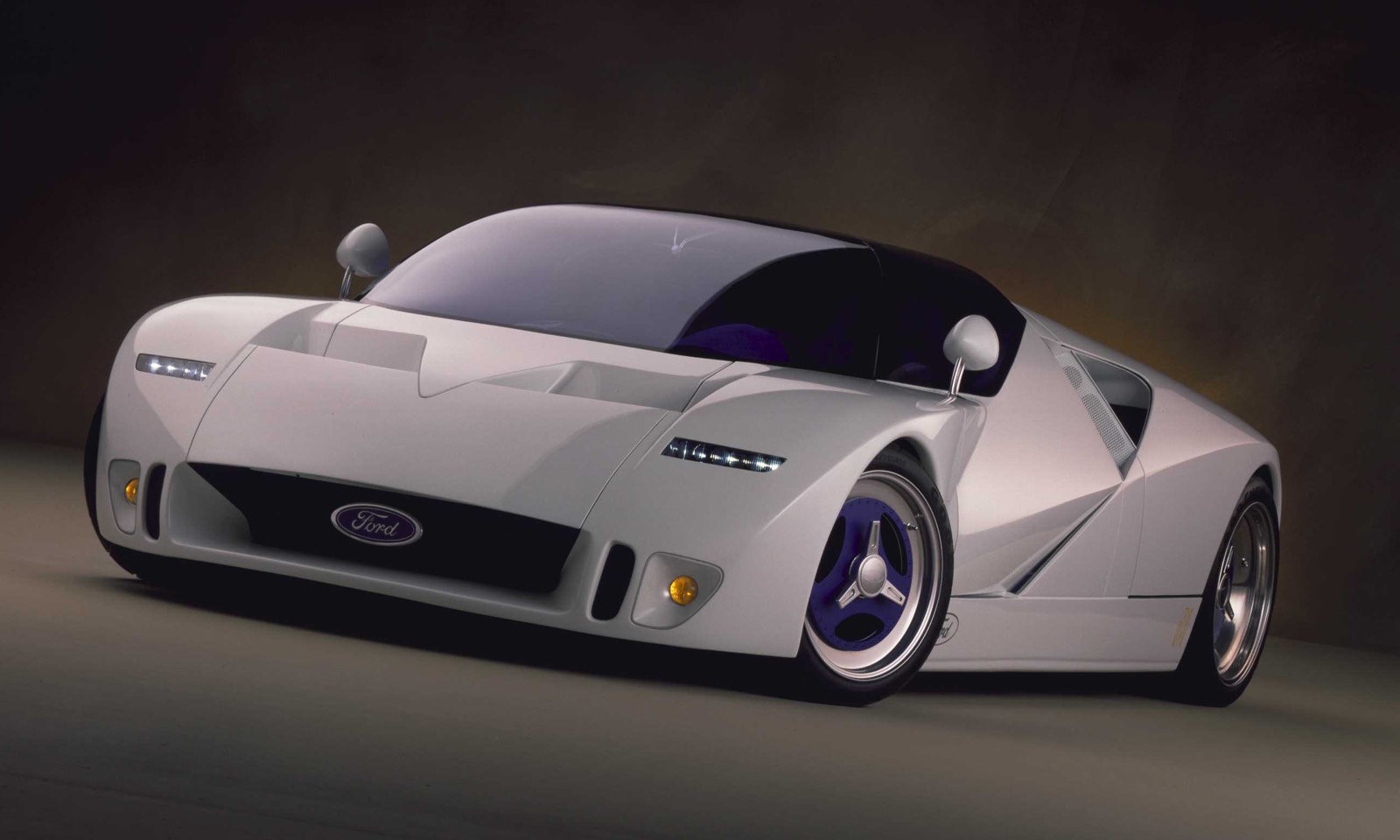
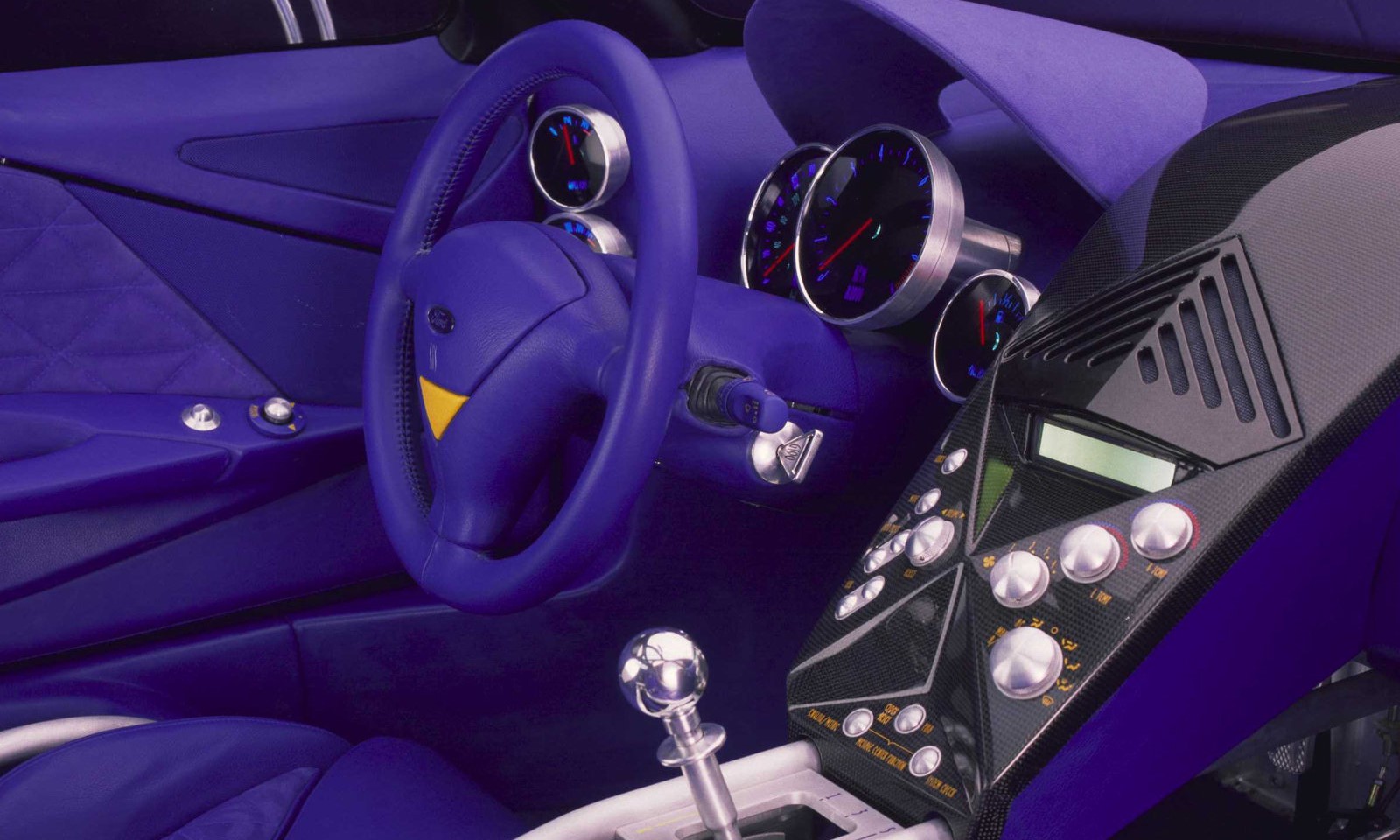

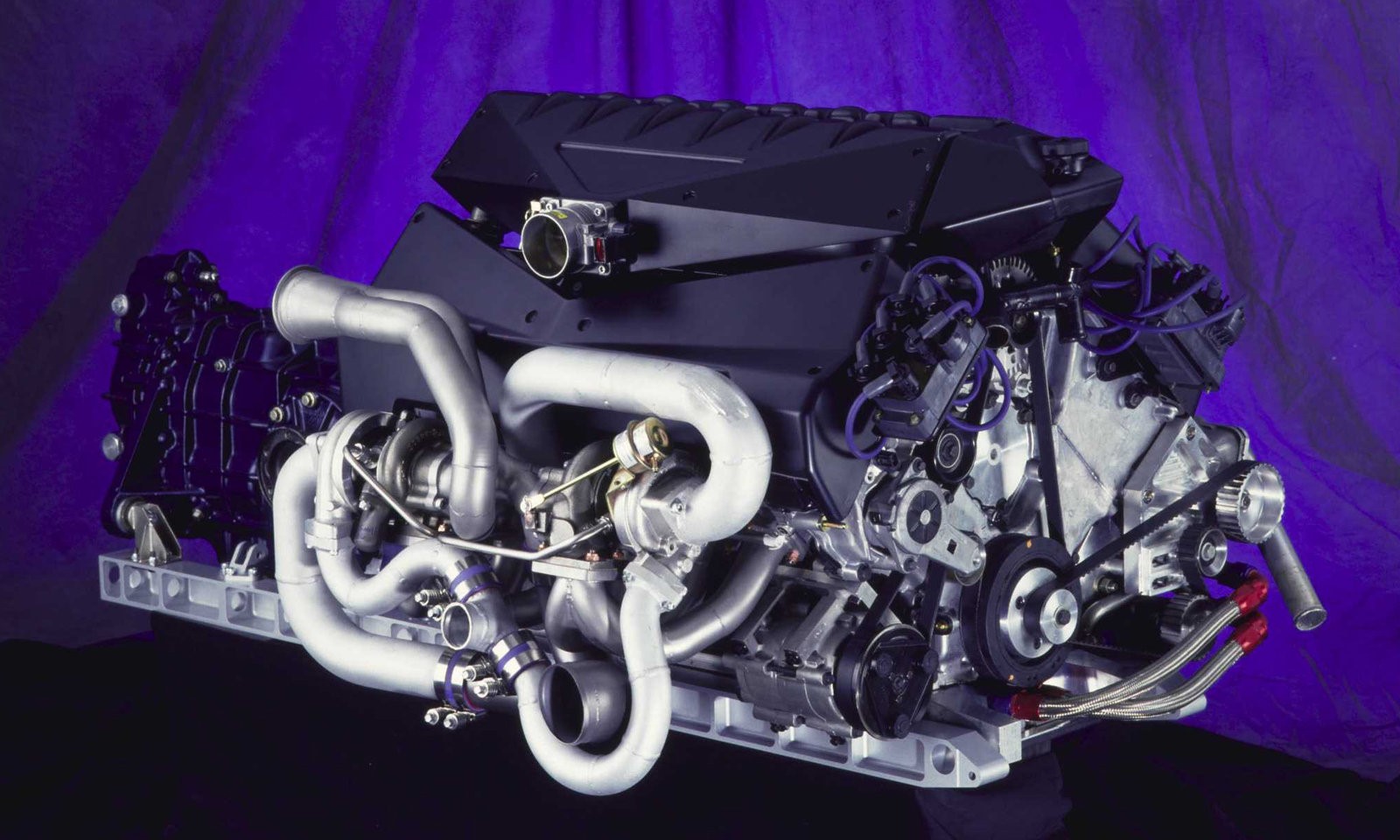
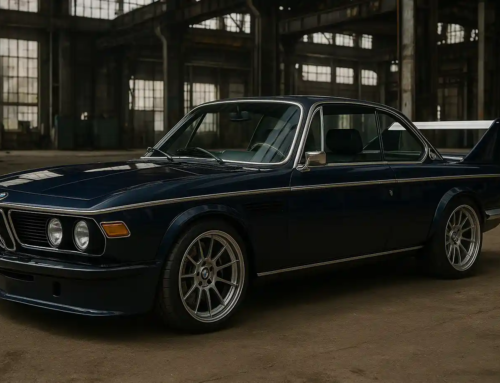
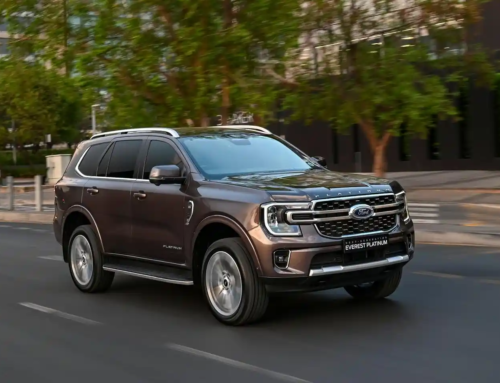

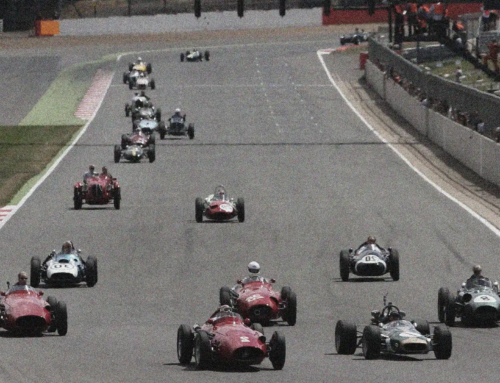
Leave A Comment